Tucked away in northern Tuscany lies Garfagnana, a place where time seems to move more slowly. I discovered this hidden gem last spring, wandering through ancient chestnut forests that have sustained local communities for centuries.
These majestic chestnut trees aren’t just beautiful landmarks but the lifeblood of traditional Garfagnana cuisine and culture. They produce the prized local chestnut flour with PDO status.
The landscape here feels untouched by modern tourism – pastoral meadows give way to dense forests, with stone villages like Montefegatesi (dating back to the 10th century) perched dramatically on hillsides. These villages, with their narrow cobbled streets and stone houses, tell stories of a resilient mountain culture that has preserved its traditions despite the changing world beyond.
My mornings in Garfagnana typically began with the scent of castagnaccio baking in village ovens – a traditional polenta-like dish made from the local chestnut flour. The forests don’t just provide chestnuts but also mushrooms and game that feature prominently in hearty local dishes.
Walking these peaceful paths between tiny hamlets, I felt transported to an older, simpler Italy that few travelers experience.
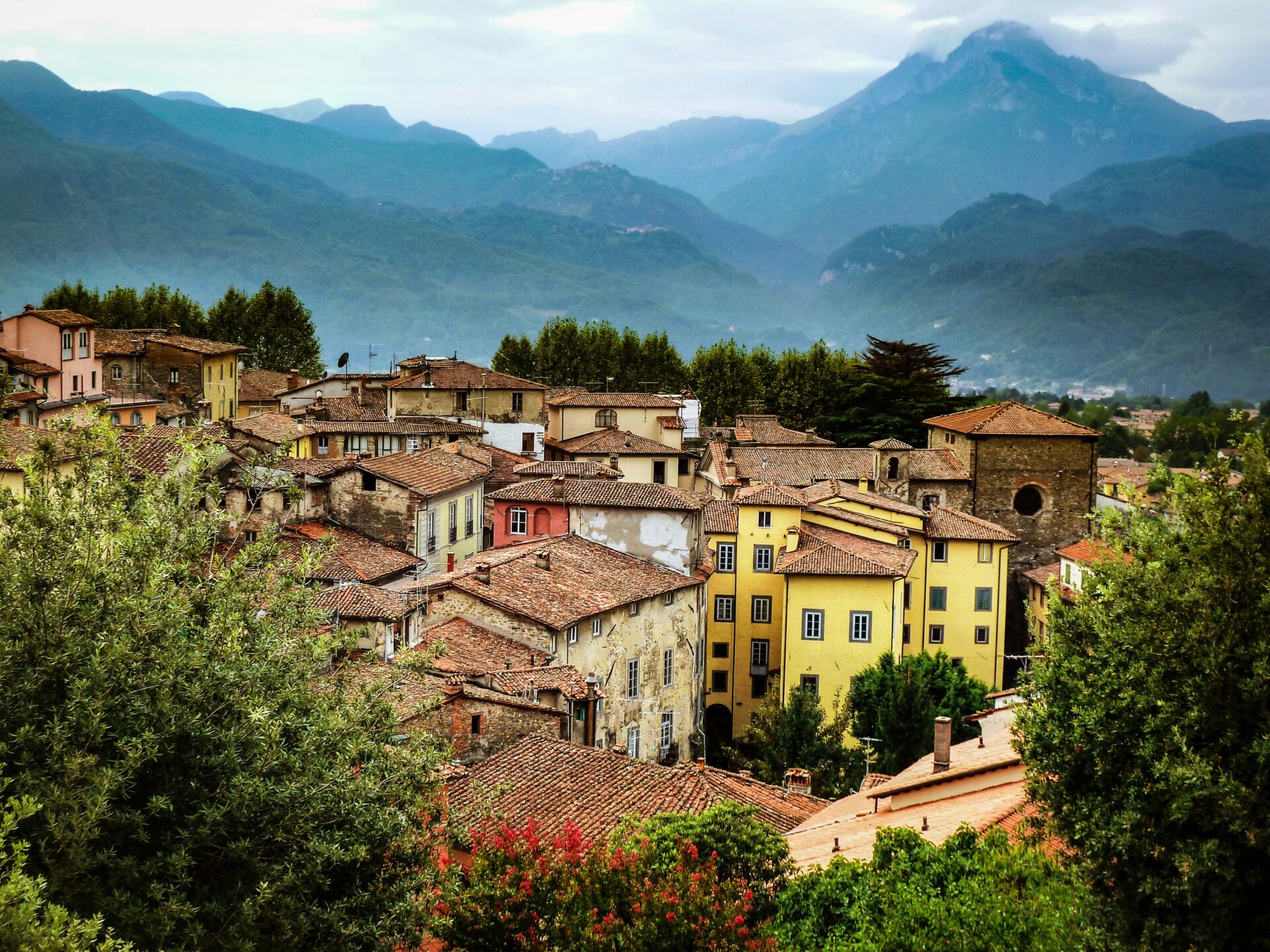
The Natural Beauty of Garfagnana
Tucked away in northern Tuscany, Garfagnana offers a refreshing contrast to the postcard-perfect landscapes most travelers associate with the region. This hidden gem captivates with its dramatic geography of lush valleys, deep forests, and the towering peaks of the Apuan Alps.
Chestnut Forests: A Harbinger of Biodiversity
As I wandered through Garfagnana’s ancient chestnut forests, I was struck by their majestic presence. These aren’t just ordinary woodlands – they’re the lifeblood of the area’s traditional economy and cuisine. Locally called the “gold of Garfagnana,” chestnuts have sustained communities here for centuries.
The forests create a perfect microclimate, cool and shaded even during hot Tuscan summers. Walking along the dappled paths, I noticed mushrooms peeking from beneath fallen leaves and heard the gentle rustling of wildlife in the undergrowth.
What makes these forests special is their dual purpose. They provide food through the chestnut harvest each autumn and support incredible biodiversity. Birds, small mammals, and countless plant species make their homes among these trees that have watched over Garfagnana for generations.
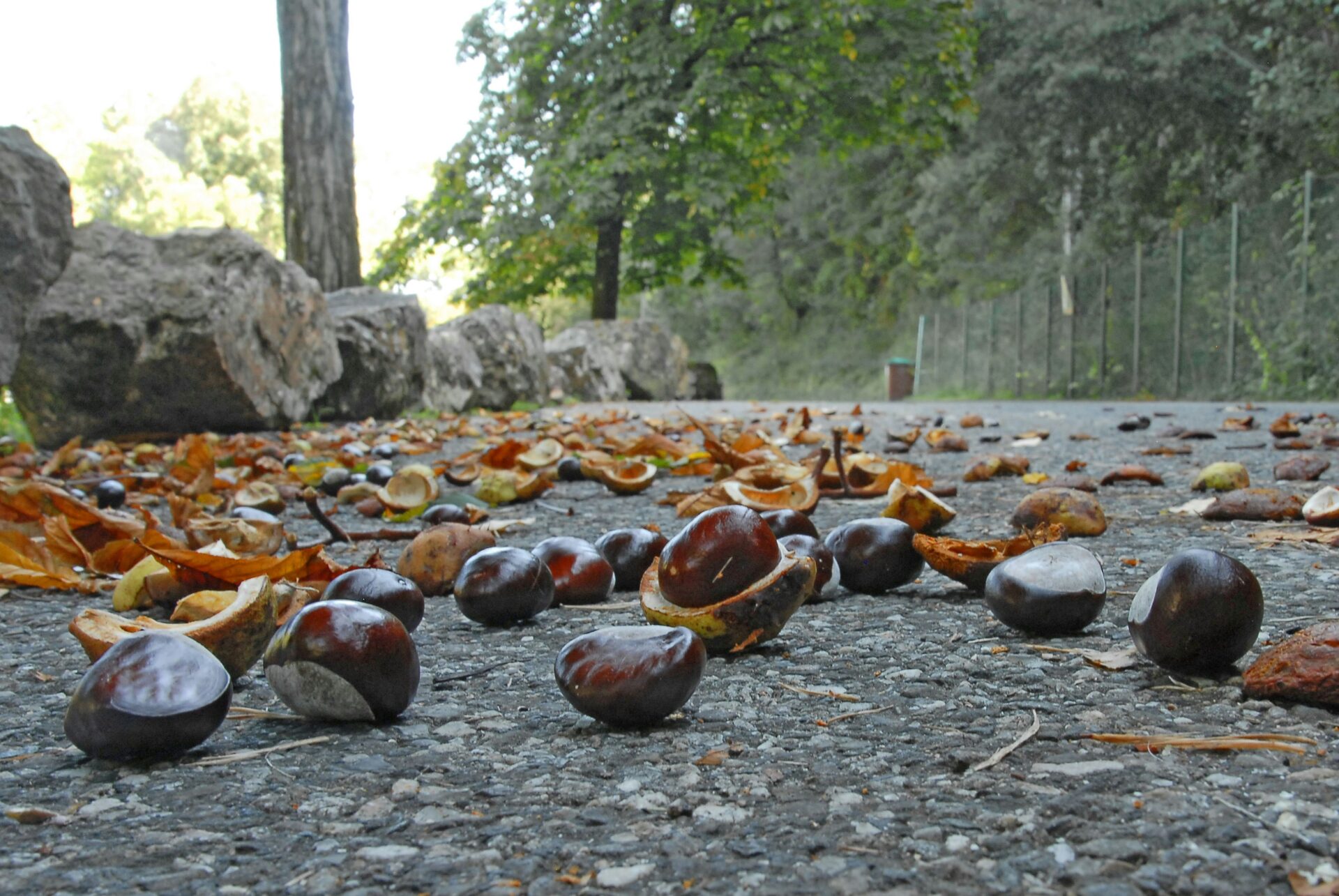
Stone Villages: A Glimpse into the Past
Dotting the verdant landscape are charming stone villages that seem frozen in time. I found Montefegatesi particularly enchanting – one of the oldest settlements, dating back to the 10th century. These hamlets blend seamlessly into their natural surroundings, with homes built from local stone that echoes the mountains beyond.
Narrow cobblestone streets wind between ancient buildings, opening occasionally to reveal breathtaking vistas of the valley below. Each village has its own character:
- Tiny piazzas where locals gather
- Medieval churches with simple but beautiful interiors
- Stone fountains that still provide mountain spring water
These villages offer a tranquil escape from the tourist crowds of typical Tuscan destinations. Many have remained largely unchanged for centuries, preserving a way of life deeply connected to the natural rhythms of this pastoral region.
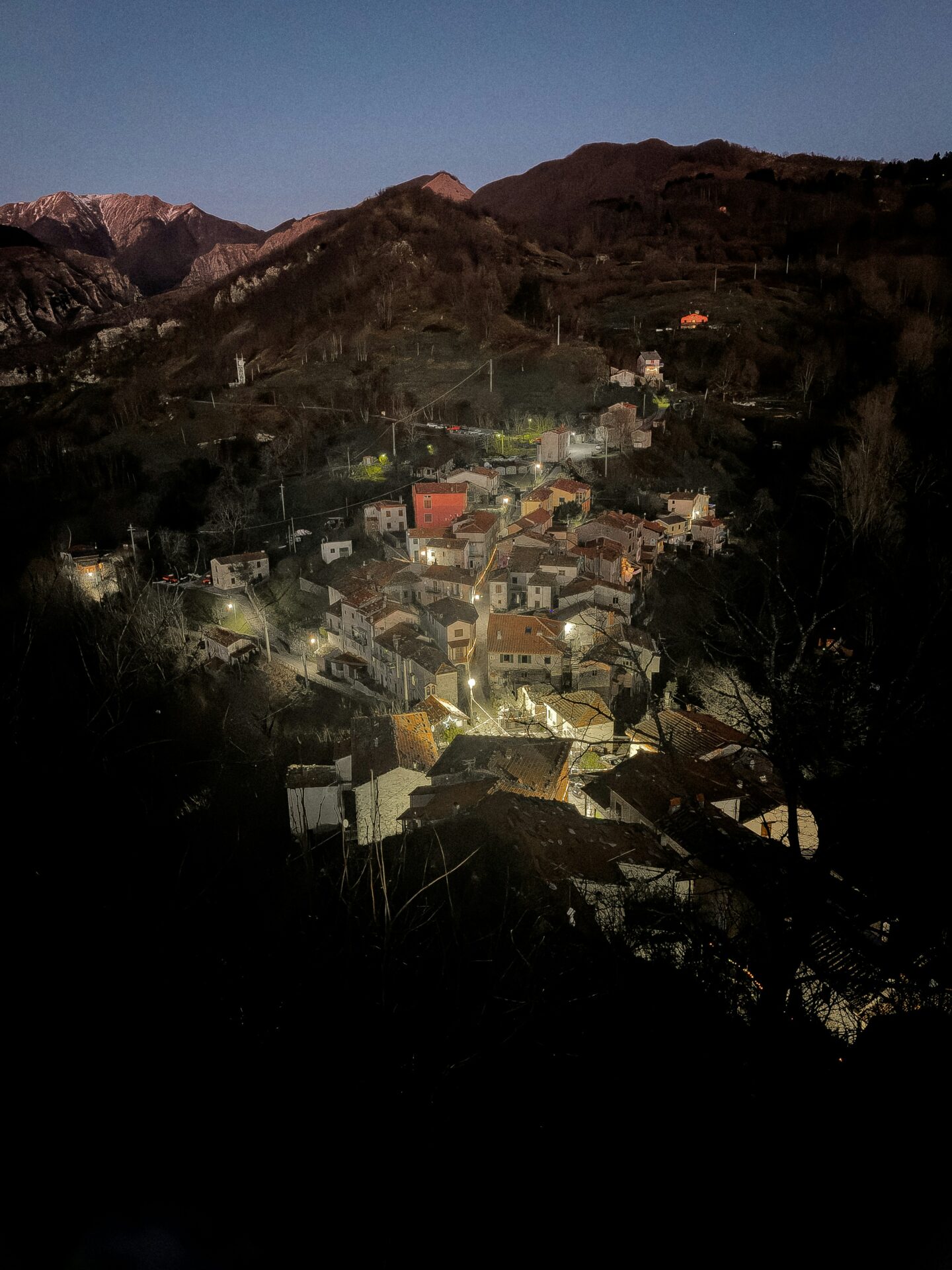
Cultural Heritage and Art
The Garfagnana region pulses with artistic heritage deeply connected to its landscape and traditions. Local museums and cultural sites showcase how mountains and forests have inspired generations of artists, while preserving the tools and customs of traditional rural life.
Puccini’s Influences in Garfagnana
The rolling landscapes and peaceful villages of Garfagnana left their mark on the great composer Giacomo Puccini. Though based in nearby Lucca, Puccini often retreated to the mountain communities when seeking inspiration.
I discovered that many locals still proudly share stories of Puccini’s visits to their villages. His connection to the area is celebrated through small memorial plaques and occasional summer concerts held in historic squares.
The natural sounds of Garfagnana—rushing mountain streams, wind through chestnut forests, and distant church bells—echo in the atmospheric qualities of his compositions. When wandering through these hills, it’s easy to imagine how these sounds influenced his musical landscapes.

Ethnographic Museum: Preserving Traditions
The Ethnographic Museum in Castelnuovo di Garfagnana offers a fascinating glimpse into traditional mountain life. I spent hours examining the displays of chestnut processing tools—a reminder of how important this “bread tree” was to local survival.
The museum houses a remarkable collection of everyday items that tell the story of self-sufficient mountain communities. Handcrafted wooden implements, traditional weaving looms, and kitchen tools show the ingenuity of past generations.
What impressed me most were the displays showing how chestnuts were processed into flour. Large stone metates and drying racks illustrate the labor-intensive process that sustained families through harsh winters.
Seasonal exhibits feature traditional costume pieces worn during religious festivals and harvest celebrations. These colorful garments reveal connections to both Tuscan traditions and unique local customs developed in isolation.
Historic Landmarks and Architecture
Garfagnana’s landscape is dotted with remarkable medieval fortresses, ancient churches, and well-preserved villages that tell the story of this hidden corner of Tuscany. Each stone structure stands as a testament to centuries of history, regional conflicts, and artistic achievement.
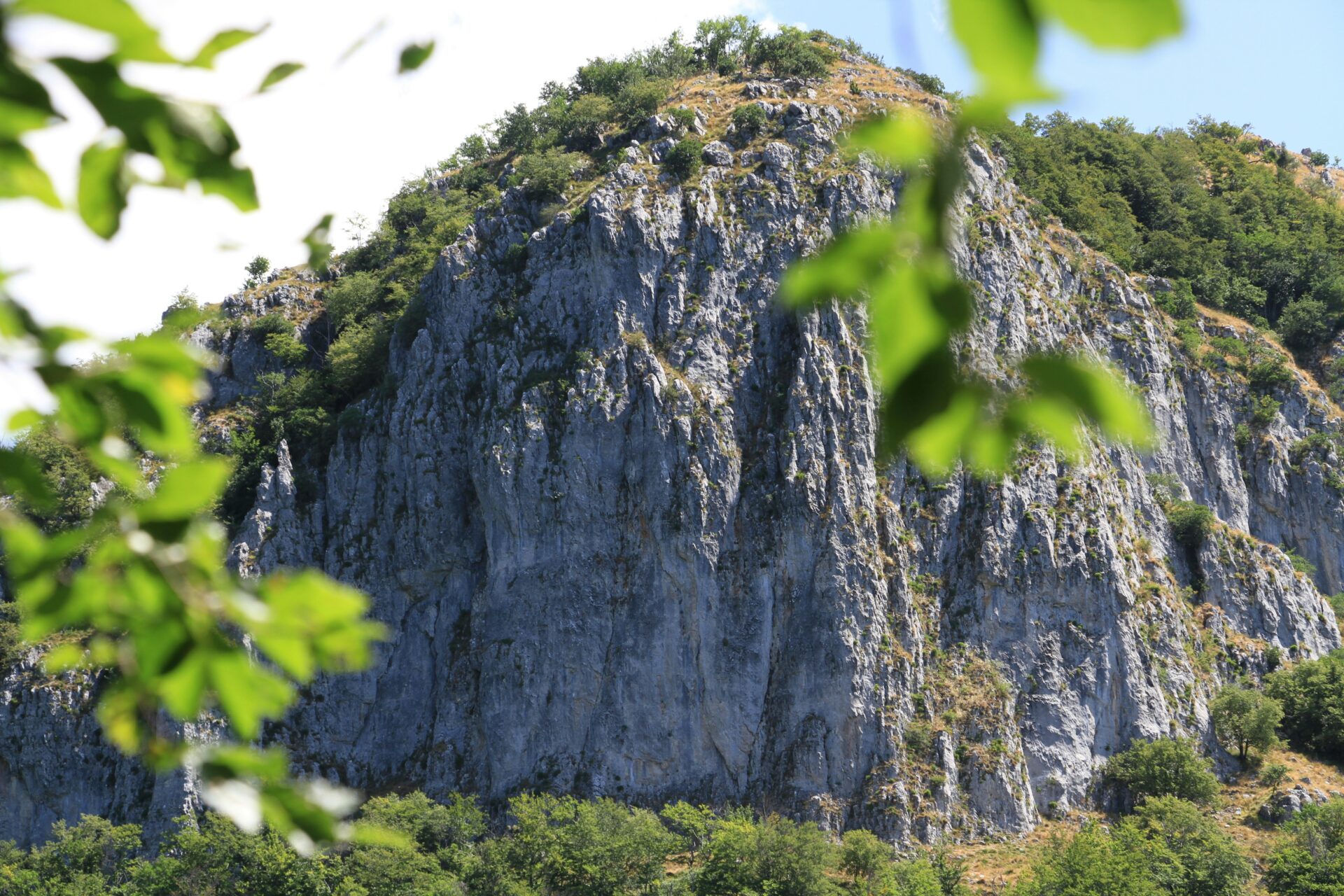
Castelnuovo di Garfagnana: A Fortress in Time
The impressive Rocca Ariostesca dominates the skyline of Castelnuovo di Garfagnana, the capital of the region. I was struck by its commanding presence when I first visited. This imposing fortress dates back to the 12th century, though it gained its name from the poet Ludovico Ariosto who governed here in the 16th century.
The castle’s sturdy walls and strategic position helped defend the valley during centuries of conflict. Walking through its stone archways, I felt transported back in time.
Today, the Rocca houses a museum where you can explore artifacts from the region’s past. The central tower offers breathtaking views of the surrounding mountains and the town below.
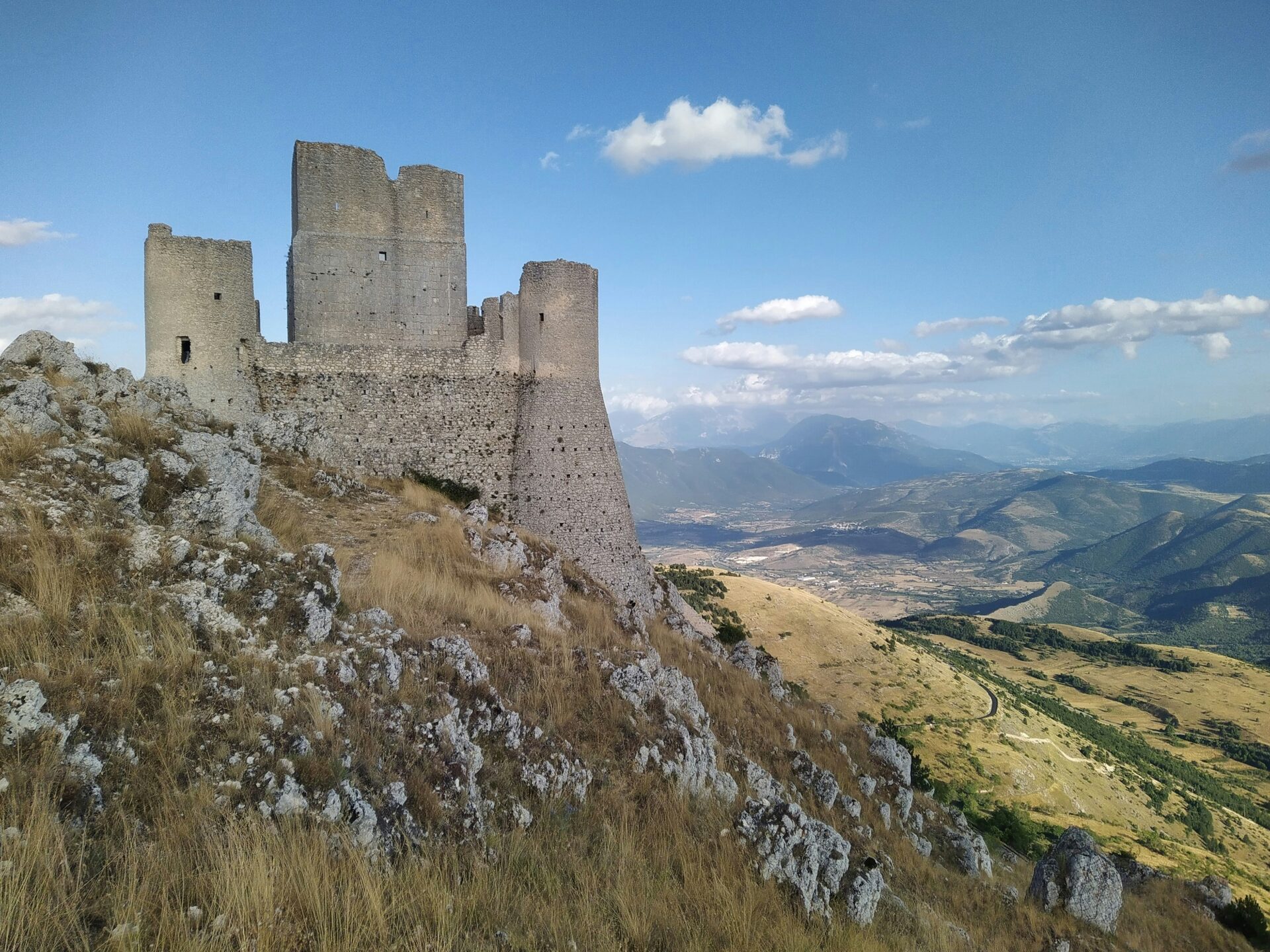
The Romanesque Churches of the Region
Garfagnana’s countryside is home to numerous Romanesque churches that showcase the area’s religious heritage. These spiritual landmarks feature distinctive architectural elements:
- Simple stone facades with minimal decoration
- Bell towers rising above chestnut forests
- Carved portals showing biblical scenes and symbols
The Pieve di Fosciana stands out as one of my favorites. Built in the 12th century, its interior contains beautiful frescoes that have survived the centuries.
Many churches sit in isolated spots, reached by narrow paths through forests or fields. I’ve found these quiet sanctuaries perfect for reflection, their cool interiors a welcome respite on hot summer days.

Barga’s Medieval Charm
Perched on a hilltop surrounded by mountains, Barga captivated me with its perfectly preserved medieval character. The town’s narrow cobblestone streets wind upward to the stunning Duomo di San Cristoforo, a Romanesque cathedral dating from the 11th century.
What I love most about Barga is how the town feels frozen in time. The ancient walls, arched passageways, and stone houses create an atmosphere that’s distinctly medieval.
The Duomo’s elevated position provides stunning views across the valley. Inside, you’ll find notable artworks including a wooden crucifix from the 15th century and a beautiful pulpit carved from local stone.
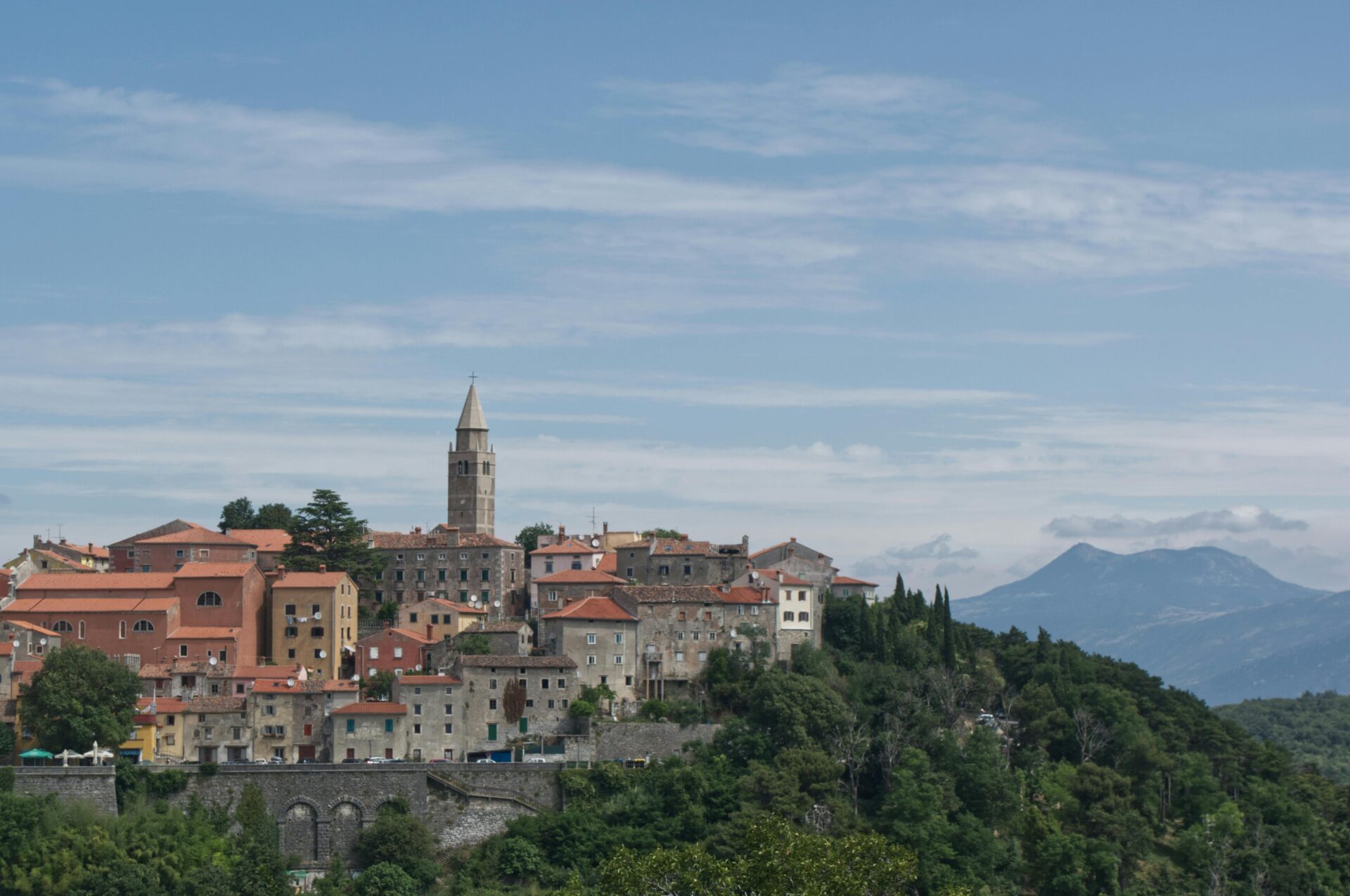
Exploring Nearby Regions
While Garfagnana’s chestnut forests and stone villages offer timeless charm, the surrounding regions of Tuscany provide wonderful contrast to mountain life. Just a short drive away, you’ll find everything from Renaissance cities to gorgeous beaches.
Pisa and Florence: A Day Trip Away
I always recommend visitors to Garfagnana take at least one day trip to Pisa or Florence. These iconic cities are surprisingly accessible—just 1-2 hours by car from most Garfagnana villages.
In Pisa, beyond the famous Leaning Tower, I’ve discovered quieter pleasures like strolling along the Arno River or enjoying an espresso in Piazza dei Cavalieri. The city has a relaxed vibe that contrasts nicely with Garfagnana’s rural atmosphere.
Florence offers artistic treasures that boggle the mind. My strategy is to arrive early to beat crowds at the Uffizi Gallery, then wander the Oltrarno district for lunch. The craftsmen’s workshops here remind me of Garfagnana’s artisanal traditions, just in a more cosmopolitan setting.
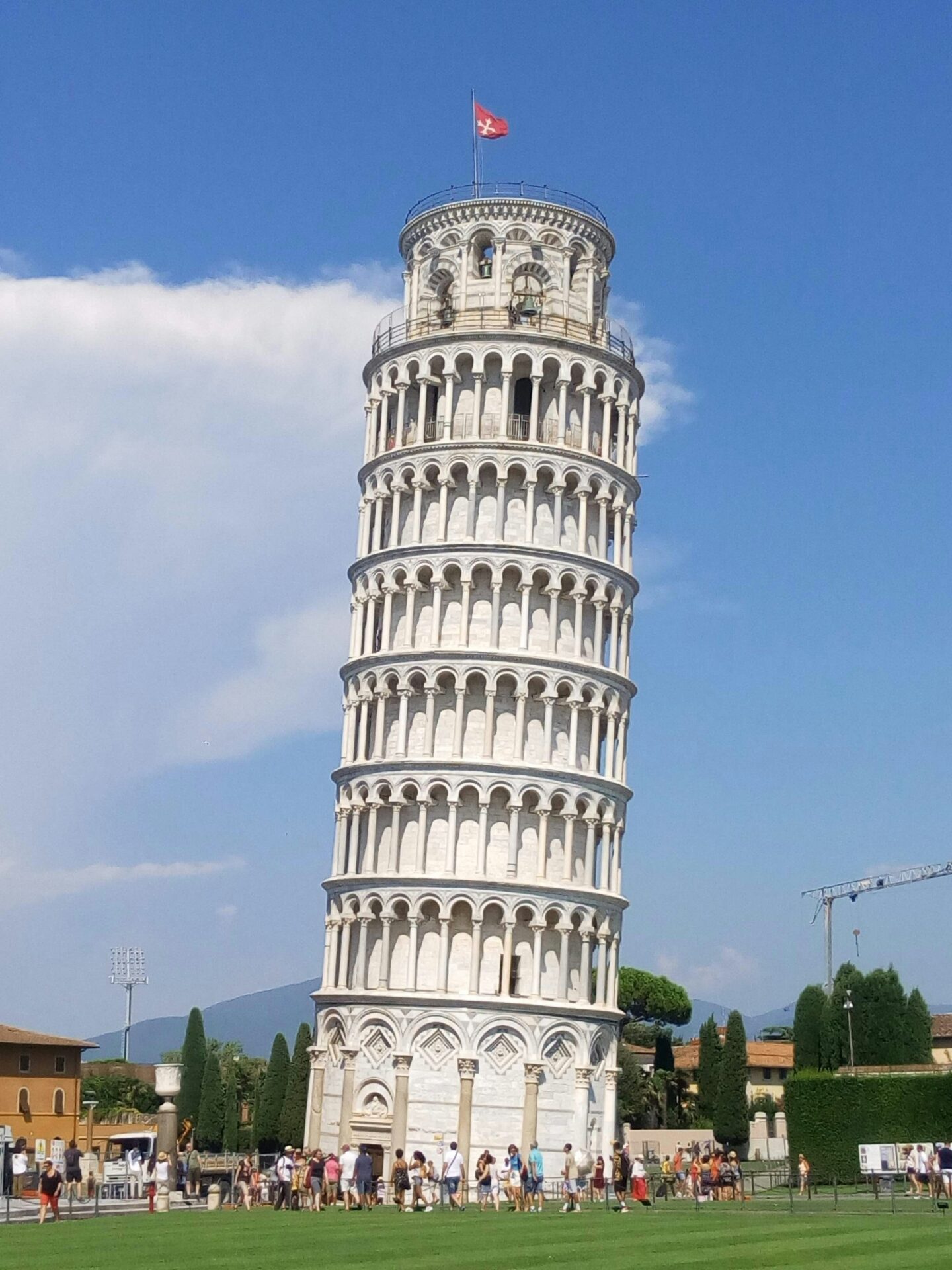
Seaside Escapes to Versilia
When I need a break from mountain life, Versilia’s beaches provide the perfect escape. This coastal area is only 40 minutes from lower Garfagnana, making it ideal for day trips or weekend getaways.
Forte dei Marmi attracts the glamorous crowd with upscale boutiques and beach clubs. However, I prefer Viareggio for its authentic atmosphere and excellent seafood restaurants. My favorite ritual is a morning swim followed by lunch at a beachside trattoria.
The pine forests that separate Versilia’s beaches from the mainland offer shady walking paths that remind me of Garfagnana’s woodlands, but with sea breezes. In summer, evening passeggiatas along Viareggio’s promenade provide people-watching at its finest.
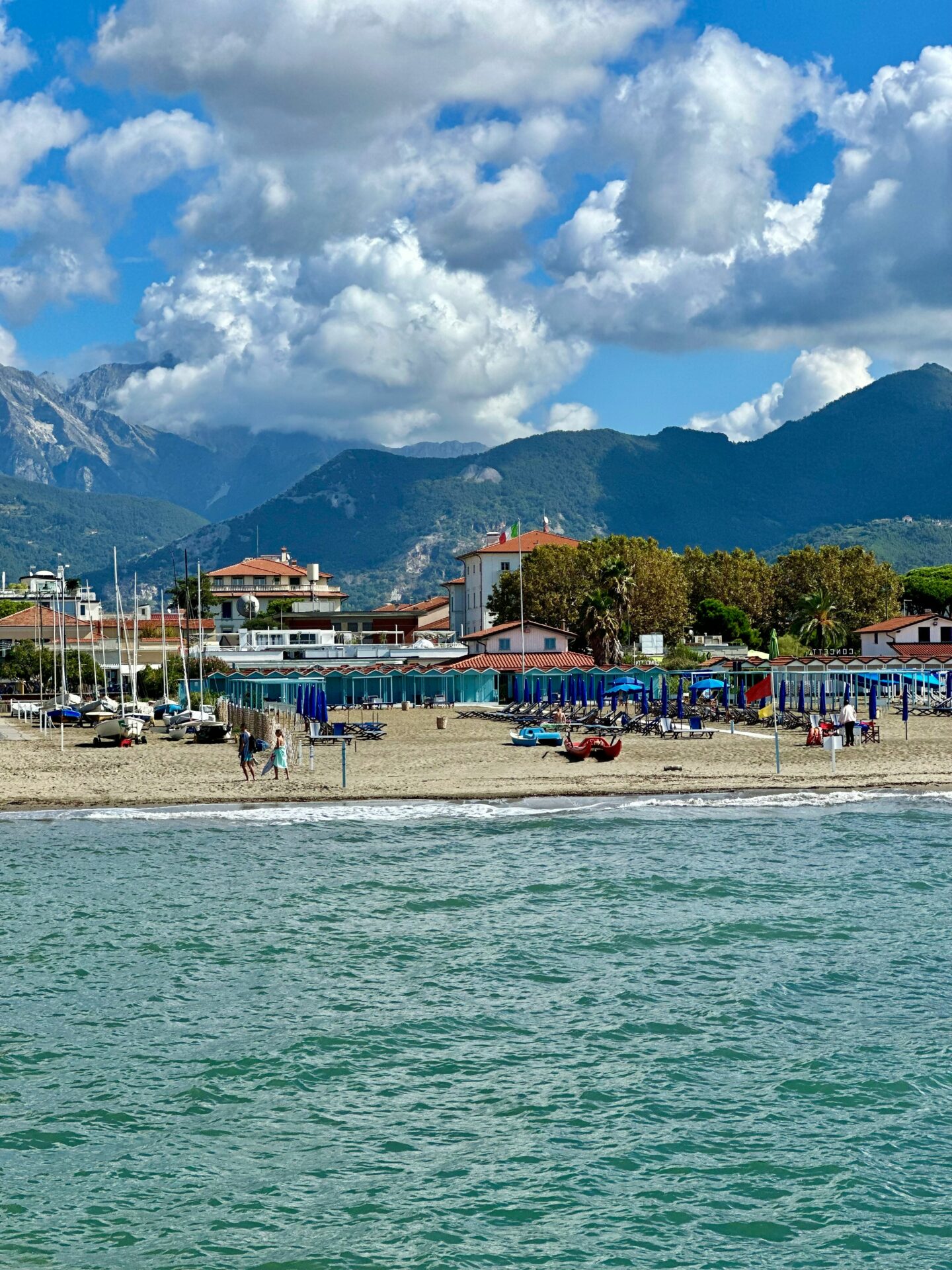
Outdoor Activities and Adventures
Garfagnana offers incredible opportunities for outdoor enthusiasts. The region’s diverse landscape creates perfect conditions for hiking, climbing, and exploring nature at its finest.
Hiking through Campocatino
Campocatino has quickly become one of my favorite hiking destinations in Garfagnana. This high-altitude plateau sits nestled among chestnut forests and offers trails for all experience levels.
On my last visit, I discovered several paths winding through ancient chestnut woods that provide welcome shade during summer hikes. The trails are well-marked with red and white signs, making navigation easy even for beginners.
What makes Campocatino special is the mix of natural beauty and cultural history. As you hike, you’ll encounter traditional stone shepherds’ huts called “metati” that once housed chestnut farmers during harvest season.
I recommend starting early in the morning when the light filters beautifully through the trees. The circular route takes about 3 hours and rewards you with stunning panoramic views of the Apuan Alps.
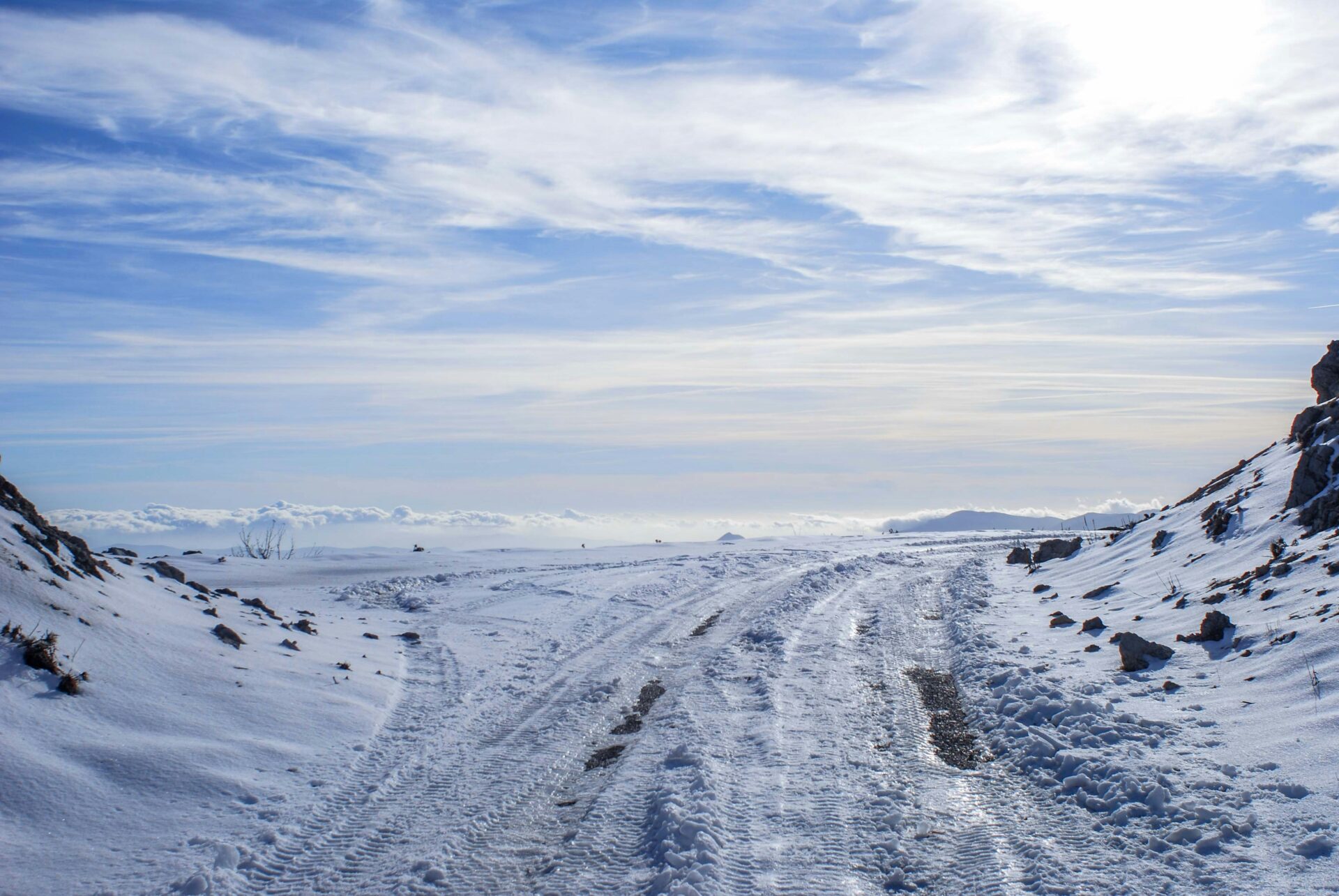
The Stone Paths of Molazzana
The medieval village of Molazzana offers some of the most authentic hiking experiences in Tuscany. I was amazed by the ancient stone paths that have connected these mountain communities for centuries.
These trails, known locally as “vie di comunicazione,” were the original lifelines between isolated villages. Walking them feels like stepping back in time. The stones beneath your feet have been worn smooth by generations of travelers.
My favorite route starts from the central piazza and climbs gently toward the surrounding hills. The path is moderately difficult but manageable for most hikers with proper footwear.
Along the way, you’ll pass stone walls, abandoned mills, and breathtaking viewpoints overlooking the valley. I particularly love the section that crosses a small stone bridge dating back to the 16th century.

